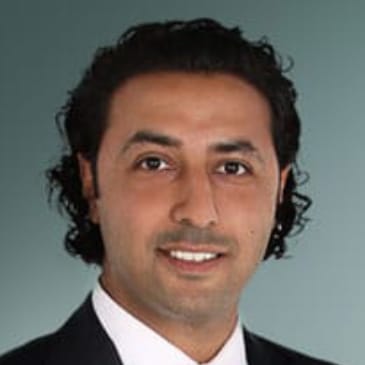Timeframe Vs language disorder?
Language Development Disorder (LDD), also known as Dysphasia?
Developmental Dysphasia is a functional disorder of language development as opposed to simple language delay (1). It is a disorder which resists speech therapy and whose difficulties persist after 6 years. This disorder excludes the effects associated with low educational attainment or hearing impairment. There are several forms of Dysphasia. The most common is the phonological-syntactic syndrome. Other disorders such as those at the level of receptive language or semantics-pragmatics can occur. There may also be a disorder of the motor organization of language, referred to as verbal dyspraxia. A child may also present with a lexical-syntactic syndrome profile. It is very common to identify disorders associated with Dysphasia as reading disorders, motor disorders or even non-verbal processing disorders (1) (2) (3). The prevalence of Dysphasia is estimated to be between 3 and 7% of the population (1) (2) (3).
Common Symptoms
- Late language development
- Difficulty expressing an idea clearly
- Difficulty associating the syllables in the correct order
- Difficulty understanding verbal instructions
- Expresses ideas with short sentences and the omission of connecting words
- Difficulty using the correct word to identify objects
- Has trouble finding words
- Socially withdrawn
- Inaccurate articulation
Assessment and intervention
The assessment of Dysphasia will often be done with a multidisciplinary team (4). First, a hearing assessment is necessary. An assessment of the phono articulatory system may also be necessary. The neuropsychological assessment may support a differential diagnosis. This is because they will make sure that it is not a comprehensive disability, an autism spectrum disorder or some other neurodevelopmental disorder. It will also be used to determine the child's strengths and weaknesses in order to put in place the best strategies. A speech therapy assessment is then also advised in order to accurately determine the more precise nature and degree of severity of the impairment.
References n
1. Soares-Boucaud, I., Labruyère, N., Jery, S., Georgieff, N.J.E. Developmental dysphasia or specific language development disorders. Psychiatry / Child psychiatry. 2009, pp. 37-201.
2. Mazeau, M. and Pouhet, A. Neuropsychology and learning disorders in children: From typical development to “dys-”. s.l.: Elsevier Masson, 2014.
3. Snowling, M., Hayiou-Thomas, M. Specific language oddly. Pediatric Neuropsychology: Research, theory, Practice. 2nd ed. s.l.: T.G. Press, 2010, pp. 37-201.
4. Ellemberg, D. La dysphasie: trouble spécifique du langage et de la communication. AQNP. [En ligne] 2019. https://aqnp.ca/documentation/developpemental/dysphasie/.







Follow us to stay in touch with the world of psychology